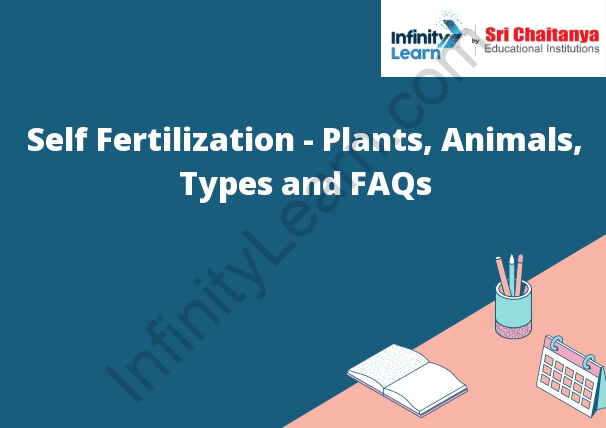Table of Contents
What is Self Fertilization?
Self fertilization is when a species can fertilize its own eggs. This can happen when the species is hermaphroditic, meaning the species has both male and female reproductive organs. Self Fertilization – Plants Animals Types and FAQs.

Self-Fertilization in Plants
Self-fertilization in plants is the process of a plant reproducing with itself. This can be done through pollination, when the pollen from the anthers of one flower fertilizes the ovules of the same flower, or through self-pollination, when the pollen from one flower is transferred to the stigma of another flower on the same plant.
Self-fertilization has a few benefits for plants. One is that it increases the genetic variation of the plant population, since it introduces new genes from the pollen into the ovules. This can be important for plants that rely on cross-pollination to breed, since it can help introduce new traits into the population.
Another benefit of self-fertilization is that it can help increase the efficiency of reproduction. When a plant reproduces through cross-pollination, the pollen from one flower must travel to another flower on a different plant in order to fertilize the ovules. This can be difficult if the plants are far apart or if the flowers are not blooming at the same time. With self-pollination, the pollen can travel shorter distances and can be deposited on the stigma of the same flower, which increases the chances that the pollen will reach the ovules and result in fertilization.
While self-fertilization has some benefits, it also has some drawbacks. One is that it can lead to inbreeding, which can cause the genetic variation of the plant population to decrease. This can be harmful for plants that rely on cross-pollination to breed, since it can lead to the loss of important traits.
Another drawback of self-fertilization is that it can lead to the development of genetic defects in the plant population. This is because self-fertilization increases the chances that two copies of a defective gene will be inherited by the offspring. This can be harmful for the plant, since it can lead to the development of genetic disorders.
Despite these drawbacks, self-fertilization is an important process for plants. It can help increase the genetic variation of the plant population, and it can also help increase the efficiency of reproduction.
Types of Self-Pollinating Plants
There are two types of self-pollinating plants: obligate and facultative.
Obligate plants are completely dependent on themselves for pollination. They have either male or female reproductive organs on the same plant, and pollen from the male organ must come in contact with the female organ for fertilization to occur. Facultative plants are not completely dependent on themselves for pollination. They have male and female reproductive organs on different plants, and pollination can also occur when pollen from the male organ is transferred to the female organ of a different plant.
Self-Fertilization in Animals
In the animal kingdom, there are a variety of methods of reproduction. One of the most interesting methods is self-fertilization. This occurs when an animal produces offspring from its own gametes.
There are a few different reasons why an animal might self-fertilize. One reason is if the animal is a hermaphrodite, meaning it has both male and female reproductive organs. In these animals, self-fertilization allows them to fertilize their own eggs. Another reason is if the animal is a dioecious species, meaning there are male and female individuals, and the male is not able to travel to the female to mate. In these cases, the male will self-fertilize in order to fertilize the female’s eggs.
There are a few potential advantages to self-fertilization. One is that it allows for greater genetic diversity, as the offspring will have a combination of the genes from both parents. This can be important for populations that are facing a lot of genetic pressure, as it can help them to adapt and survive. Additionally, self-fertilization can be more efficient than cross-fertilization, as it eliminates the need for the two animals to find each other and mate.
There are a few potential disadvantages to self-fertilization as well. One is that it can lead to inbreeding, which can cause genetic problems in the offspring. Additionally, self-fertilization can lead to a decrease in the overall fitness of the population, as it can decrease the genetic variation within the population. variation.
For more visit Agriculture and Fertilization – Introduction, Types and FAQ



